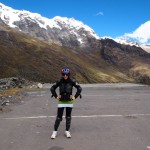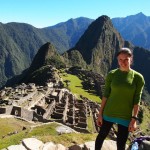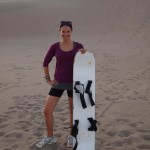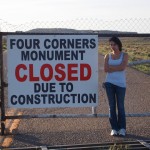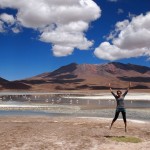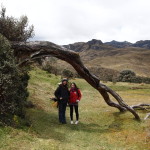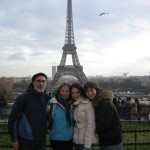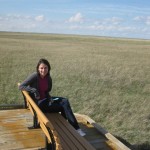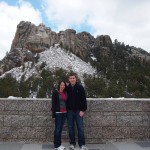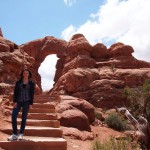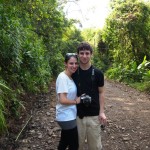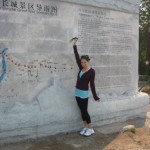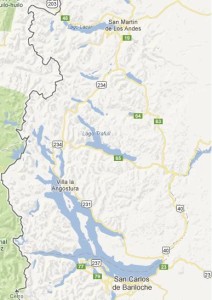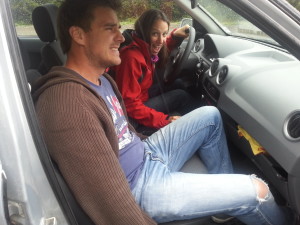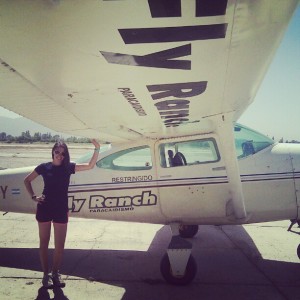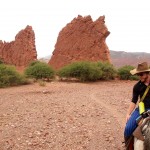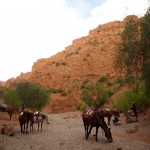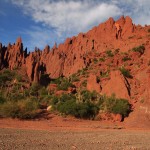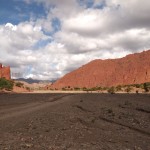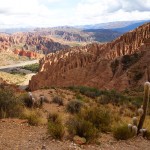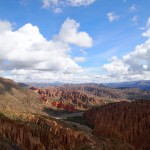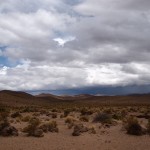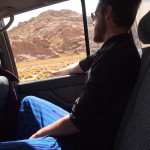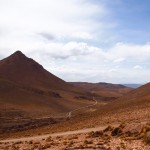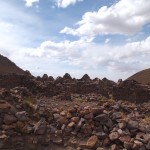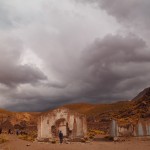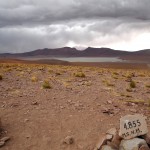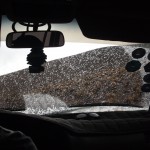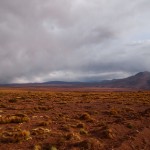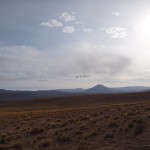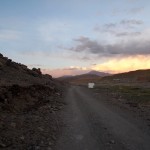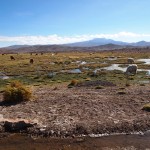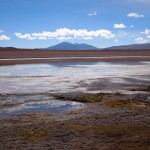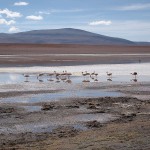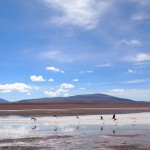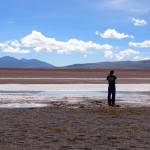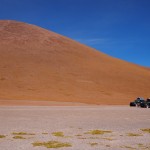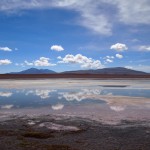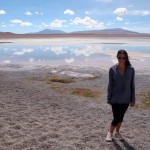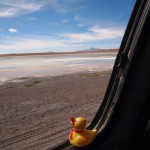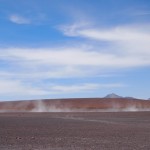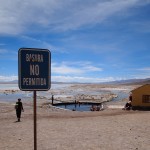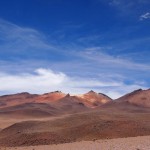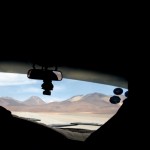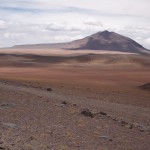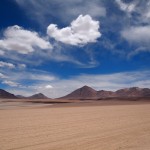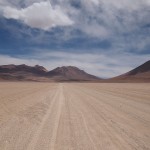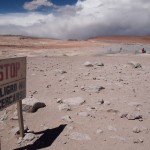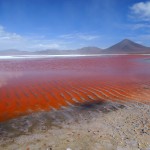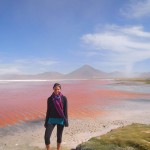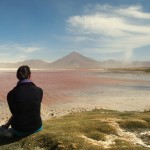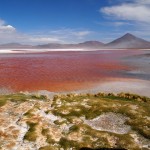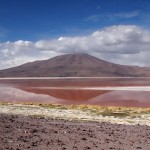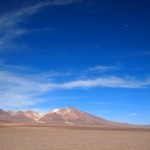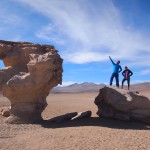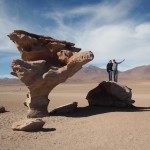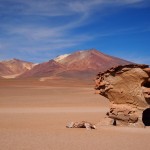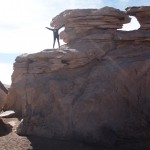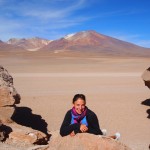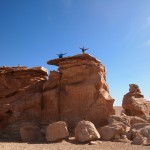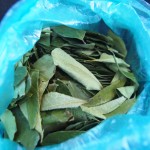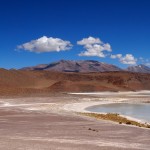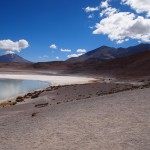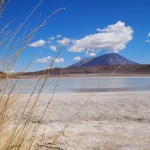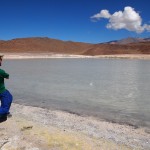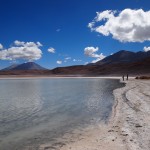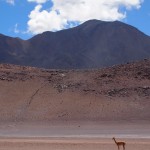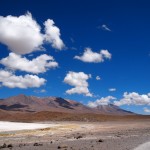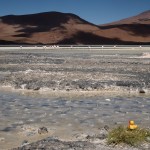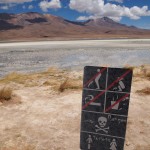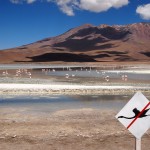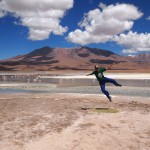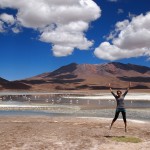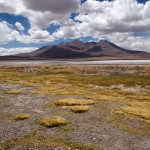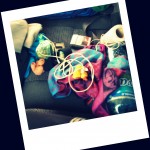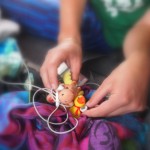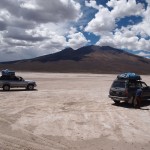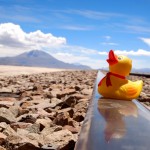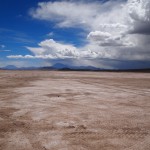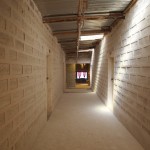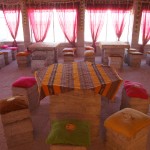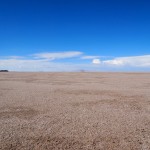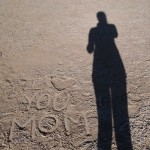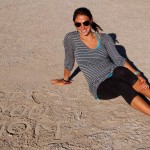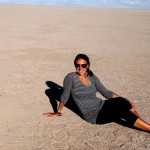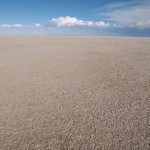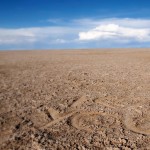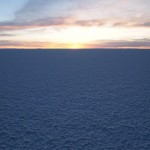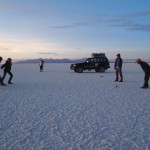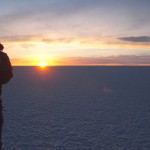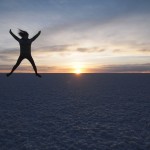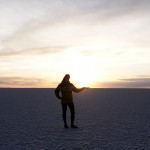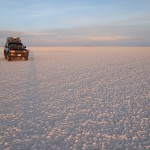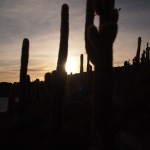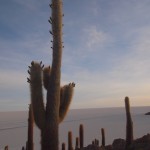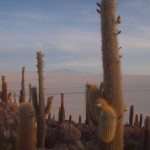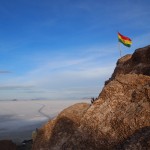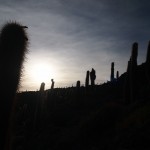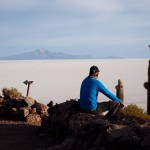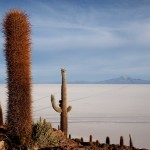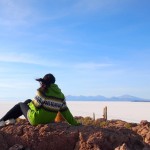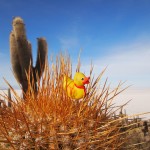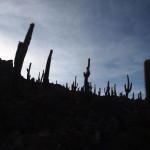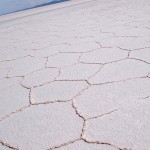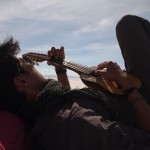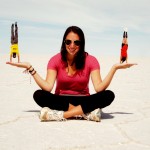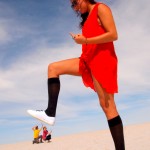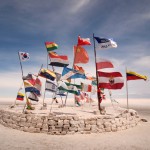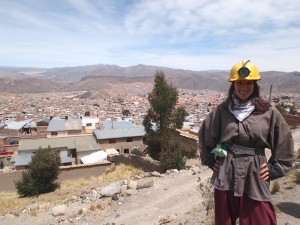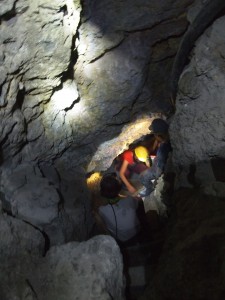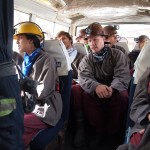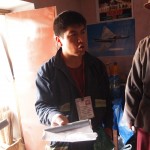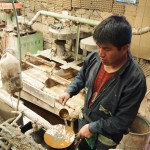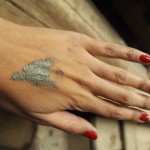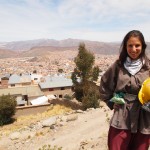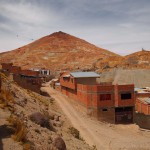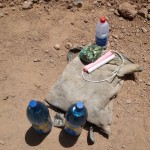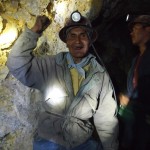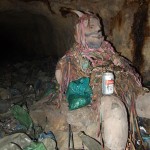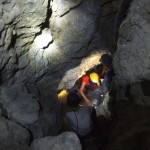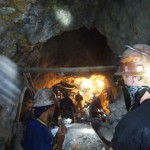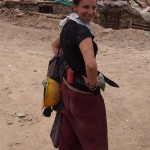Unfortunately, the south of Chile — specifically Puerto Varas and Valdivia where I was — are places where you really need the sunshine to appreciate the natural surroundings. Puerto Varas´s backdrop is the famous Osorno Volcano, but because it was pouring rain and absurdly misty the whole time I was there, I couldn´t even tell there was a volcano in front of me when standing at the lake´s edge.
At my hostel in Puerto Varas, I met four Americans, all studying together at the Columbia Business School in NYC, and the five of us ventured out of the city for a hike, which turned out to be a long, relatively boring walk along a dirt road dotted with many, many potholes. Now, fill those potholes with the endless rain the city had seen, plus the dirt from the road, and add cars driving over those potholes at many miles per hour, and the combination is 5 Americans, soaked from both the rain AND splashes from not-so-courteous Chilean drivers. As we walked, it continued to pour, and though I was wearing my extra sturdy Husky Ambassador windbreaker, it eventually soaked completely through, into my fleece and my t-shirt beneath that. My four new (genius) Columbia friends were smart enough to buy ponchos at the grocery store and lent me their extra one, but regardless, we were all soaked to the bone and freezing by the end of our adventure. There are some pretty silly photos of us in our ponchos, I´ll be sure to steal and post those when I´m home.
We did see a beautiful river and set of waterfalls (though I think once you´ve been to Iguazu you´re sort of jaded towards waterfalls, sadly). After the 6 km walk down the pothole filled road, we finally arrived at the lake, which we could barely see. The misty fog almost acted as a mirage. We couldn´t see the other side of the lake, let alone any mountains or volcano in the background. We wandered a bit in an attempt to find the trail we´d been told about, but the not-so-helpful receptionist at our hostel had told us we could identify it by the dry riverbeds. Not exactly ideal markers when it´s pouring rain, and has been for several days. Needless to say, we couldn´t find a well marked path that seemed to go in the right direction, and finally, freezing, soaking wet and on the verge of cranky, we opted to catch the bus back to town.
That day would have been disastrous (and — lets face it — all around miserable) had I been by myself, and though I am truly a solo traveler at heart, I was more than happy to have funny, and distracting, company. We were all soaked and cold, but we laughed and joked and made the most of it, and were happy to at least stretch our legs and get some exercise instead of sitting in the hostel doing mostly nothing, as we had the day before.
Four hours further north in Valdivia, the weather wasn´t a whole lot better. I opted to spend my Christmas day and eve there, since most everything is shut down during the day anyways, and I´d heard it was a lovely little town. I wasn´t blown away by the town´s beauty, but on the day after Christmas I took a day trip down the river where I could see the outlet of the river to the Pacific Ocean, got to visit a cool old fort, and took a boat across the mouth of the river to an adorable little town with great seafood restaurants. On my way back, I stopped at the Kunstmann Cervezeria, a brewery where they´ve been making German beer since the 1800´s. Very random, but surprisingly good beer, and because I was the only one there at the time, I got my very own, private English tour!
Sick of the cold and rain, and having absolutely no luck whatsoever trying to find reasonable places to stay in wine country between Valdivia and Santiago, I abandoned that plan and got on my last, long-haul overnight bus up to Vina del Mar. Vina is a quaint little town on the ocean, adjacent to Valparaiso, and just an hour and a half from Santiago. I´ve had perfect blue skies and sun so far, so I´m just happy to be warm (and dry!) again, and will be here until I catch my flight on Sunday.
And yet another small world coincidence: Turns out that Belinda, who I met in the south of Peru and have been keeping in touch with via Facebook, is in Valparaiso at the same time as I am! We´re meeting for a beach day today, and then I have to figure out how to spend my last, solo day of vacation tomorrow.
Most of me is dreading heading back to the real world — figuring out getting myself out to the east coast to ship and sell my stuff in storage (anyone in the market for a flat screen TV or a queen size mattress?!), buying a used car in LA, finding a good nannying job, and negotiating the terms of living back at my parents house for the first time in nearly 7 years.
But of course, there are things I´m excited for as well. Seeing my friends and family again, keeping my toothbrush and shampoo in one place, a refrigerator to call my own, the manicure/pedicure I´m getting on Monday, celebrating New Years Eve with my best friend, and of course puppy time! I´m just glad to know that when I set my backpack down in LA again, it will only be temporary, and that another trip is in the works and on the horizon!

